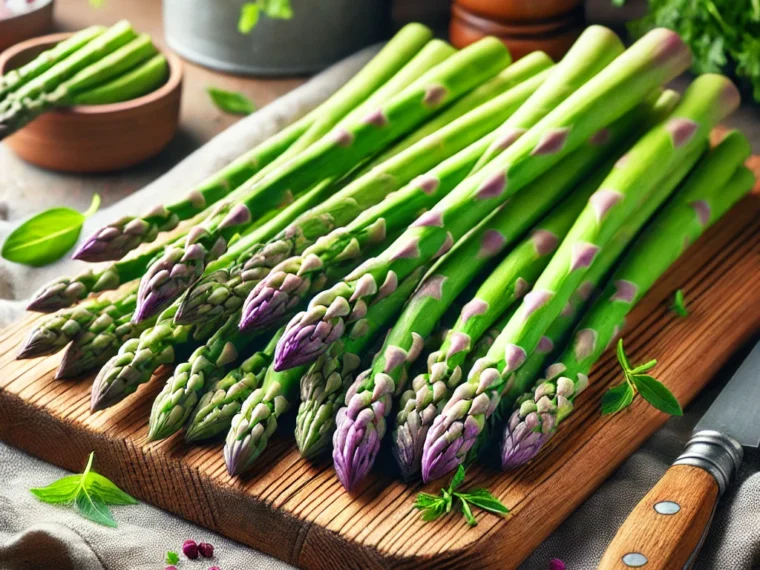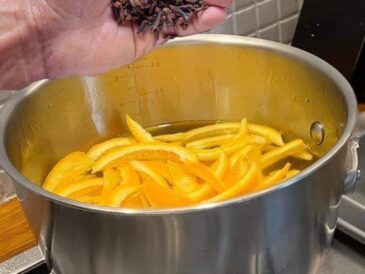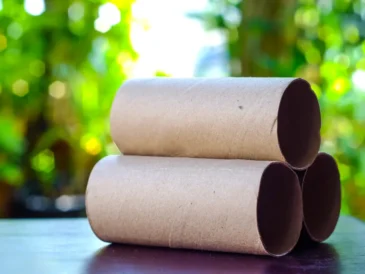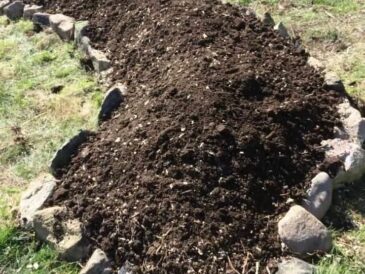Resist the temptation to harvest spears in the first year. Allow the plants to focus on root development. Limited harvesting can begin in the second year, with a full harvest in the third year.
2. Mulch Regularly
Apply a layer of organic mulch to retain soil moisture, suppress weeds, and regulate temperature. Straw or shredded leaves work well.
3. Fertilize Annually
Feed your asparagus bed each spring with a balanced fertilizer to promote healthy growth. A second feeding after the harvest season can help the plants recover.
4. Control Weeds
Weeds can compete with asparagus for nutrients and water. Regular weeding is essential, but be gentle to avoid disturbing the crowns.
5. Watch for Pests and Diseases
Common issues include asparagus beetles and rust. Inspect your plants regularly and take prompt action if you notice damage or discoloration.
Why Plant Asparagus?
1. It’s a Long-Term Investment
Once established, an asparagus bed can produce for 15–20 years or more.
2. Early Spring Harvest
Asparagus is one of the first vegetables to appear in spring, offering a fresh and delicious start to the growing season.
3. High Nutritional Value
Asparagus is low in calories and packed with nutrients like vitamins A, C, E, and K, as well as folate and fiber.
Final Thoughts
Planting asparagus crowns this spring is a commitment that will pay dividends for years to come. With the right preparation and care, you can enjoy a perennial harvest of delicious, homegrown spears that are far superior to store-bought varieties. So, get your gardening tools ready and make this the year you start your asparagus journey!




